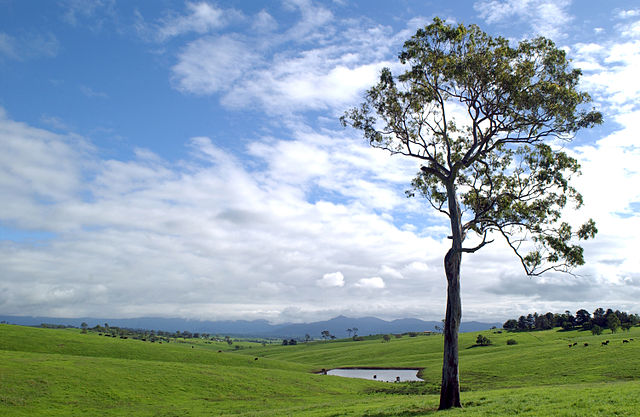Meat and Livestock Australia (MLA) will navigate the 10% beef tariff that the U.S. President Donald Trump announced on April 3, 2024.
The equal duty on various Aussie products happened despite speculation by the local beef industry of possible exemption.
In a press briefing on April 4, MLA’s MD Michael Crowley however owned to have anticipated the surtax from early 2025.
The Managing director also confirmed that there is no ban of American beef locally, contrary to Trump’s April 3rd suggestions.
Australia currently buys beef from cattle raised in the United States. Negotiations to also import U.S.’ beef from cattle with origins in Mexico and Canada are however lagging from traceability concerns.
MLA: local Price Unaffected
The meat agency also ventured into price territory by stating that the tax will most likely affect American rather than local consumers.
Mr. Crowley expects retail rates of beef to remain much unchanged in Australia, a view not shared domestically.
Pointedly, recent floods in Western Queensland in northern Australia that affected 100,000 head of livestock strongly indicate a future price rise.
If any, such a rise would mirror similar 2019 floods that cost the livestock sector A$2 billion ($1.21 billion).
Strong 2024 Trade
While this is happening, the one-sided beef trade between Australia and the United States has been robust lately.
In 2024, Australia exported A$6.07 billion ($3.67 billion) in red meat to the U.S as the biggest single global destination.
During this timeline, the Land Down Under recorded an unprecedented 2.57 million tonnes in beef production.
After such milestones, what does the tariff-hit 2025 market hold? While MLA is currently discussing the issue, it will be sometime before the industry indicates true trade direction. Meanwhile, the below statistics compare Australia-U.S. beef trade.
Australia-U.S.Beef Trade Statistics
Australia exports beef totaling 1.34 million tonnes, as of 2024, a record sales year. The United States in its part exports 2.4 billion pounds (1.09 million tonnes), as of the January-October 2024 period. While Australia’s biggest margin at 30.7% (2024) ends up in the U.S., Washington exports little to Australia. In the last quarter of a century, the American market has been the largest landing base for Aussie beef.
Is Australia a top 10 biggest export destination for U.S.’ beef?
As both a competitor and exporter, Australia does not figure as a major U.S.’ beef export base. In 2021, South Korea, Japan, China, Mexico, Canada, Taiwan, Hong Kong, the European Union, Indonesia and Chile claimed the top 10 destinations. Around 90% of the $7.63 billion in beef that the U.S. exported that year reached these markets, leaving little for Australia.
Is there a beef quota for Australia’s exports to the U.S.?
Each year, the American side imposes maximum quantities for in-bound red meat shipments by country. As of March 31, 2025, Australia had exported 94,832,569 tonnes or 25.07% of its yearly quota to the United States. According to the U.S. Customs and Border Protection (CBP), the 2025 quota for Australia is at 378,214 tonnes of beef.
What was the average monthly beef imports into the U.S. from Australia before 2000?
Australia averaged between 23 and 126 million tonnes of beef and veal exports into the U.S. between 1989 and 1999. This according to the U.S. Department of Agriculture (USDA). The lowest monthly import value in that decade was 23,136,000 pounds in February 1997 while the highest 126,845,000 pounds in January 1992.
